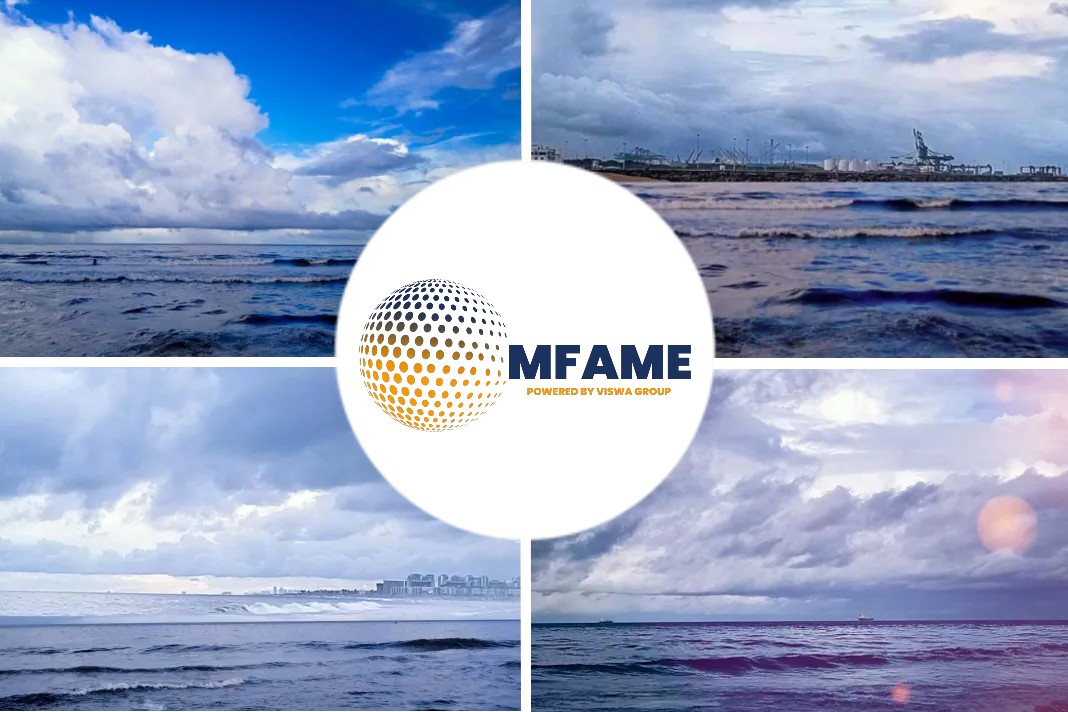In a major development, ABS issued guidance specifying their requirements for obtaining the class notation “LNG Cargo Ready”, to be applied to liquefied gas carriers as Ethane or Ethylene carriers, that have been designed and constructed for possible future carriage of LNG cargo, reports Safety4Sea.
Taking LNG Advantage
The Guide was presented during the GasTech event in September and defines the “LNG Cargo Ready” scheme and also informs owners, designers and operators in taking advantage of the alternative LNG cargo carriage option.
Specifically, the guide applies to hull structures, systems and equipment that have been installed on a vessel in compliance with the Marine Vessel Rules at the time of vessel new construction.
LNG Cargo Ready Notation Objectives
- To provide confirmation to the buyer and the shipbuilder that a specific vessel feature has been designed, installed and approved by ABS based on their Rules as applicable if the vessel had been built as an LNG carrier.
- To provide clear framework to the buyer and the shipbuilder in terms of Class guidance and requirements.
- To provide independent and public recognition that a vessel has been designed intentionally with LNG cargo conversion in mind and that it has physical features that make it suitable for such conversion.
Moreover, if ABS approves of the “LNG Cargo Ready Concept Design”, it then may provide an Approval in Principle for concept design and issue a Record Comment of “LNG Cargo Ready (CC, Concept)”.
Documents for AIP Review
Yet, to be able to obtain an LNG Concept Review AIP, the interested parties are recommended to submit the following documents:
- Outline Design Specification of the LNG cargo conversion and description of the main systems
- Description of systems or equipment that do not fully comply with the requirements for carriage of LNG outline per Section 2 and how they will be retrofitted at the time of conversion
- Preliminary ship general arrangement, showing location and arrangement of added equipment and systems.
- Boil Off Gas management concept description and preliminary Process Flow Diagram
- Preliminary Electrical Power Balance
- Preliminary trim and stability booklet Additional plans may be submitted for review to validate addition cargo parameters of the vessel conversion for the carriage of LNG and the associated operations.
Did you subscribe to our daily newsletter?
It’s Free! Click here to Subscribe!
Source: Safety4Sea


























